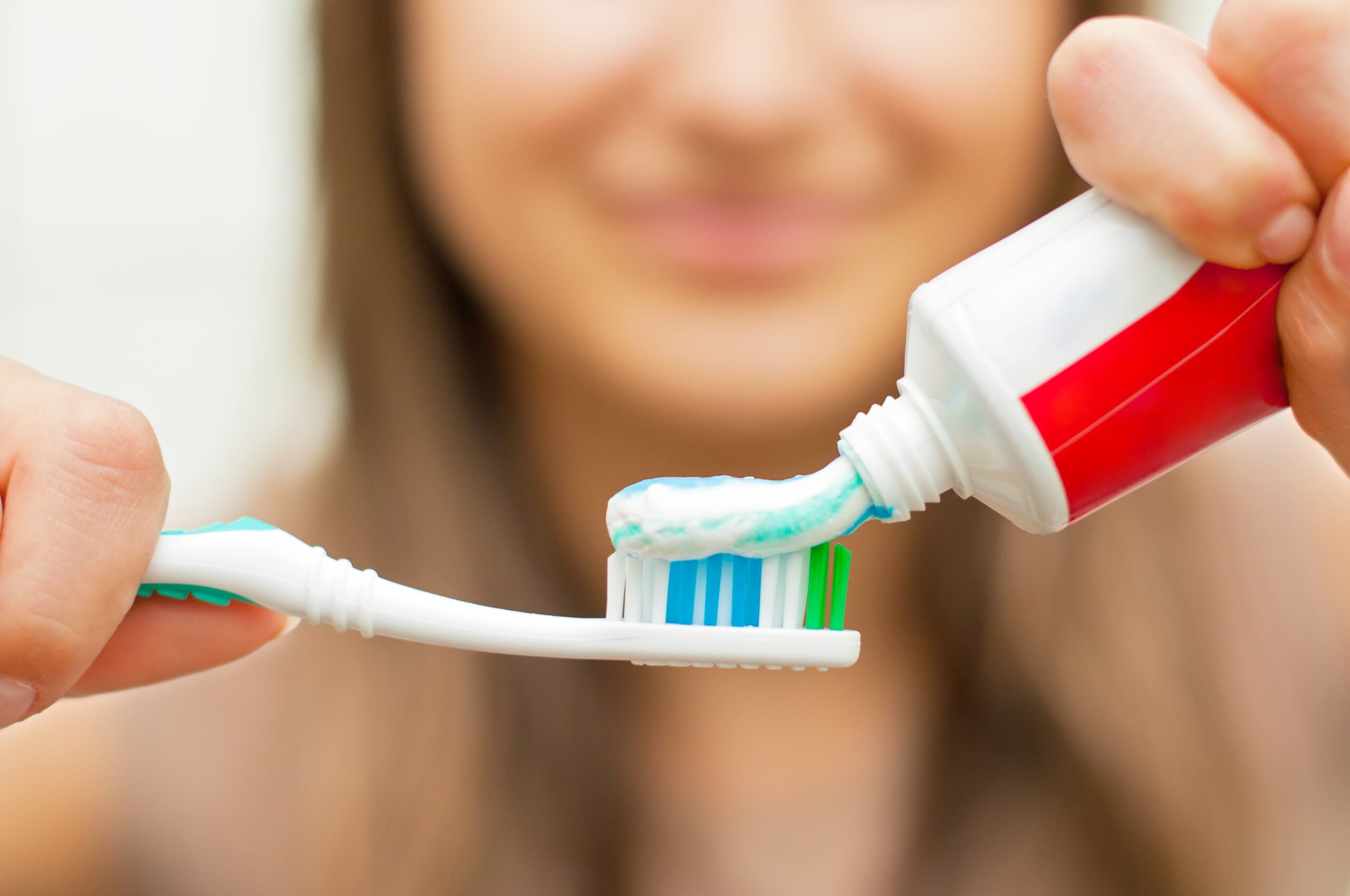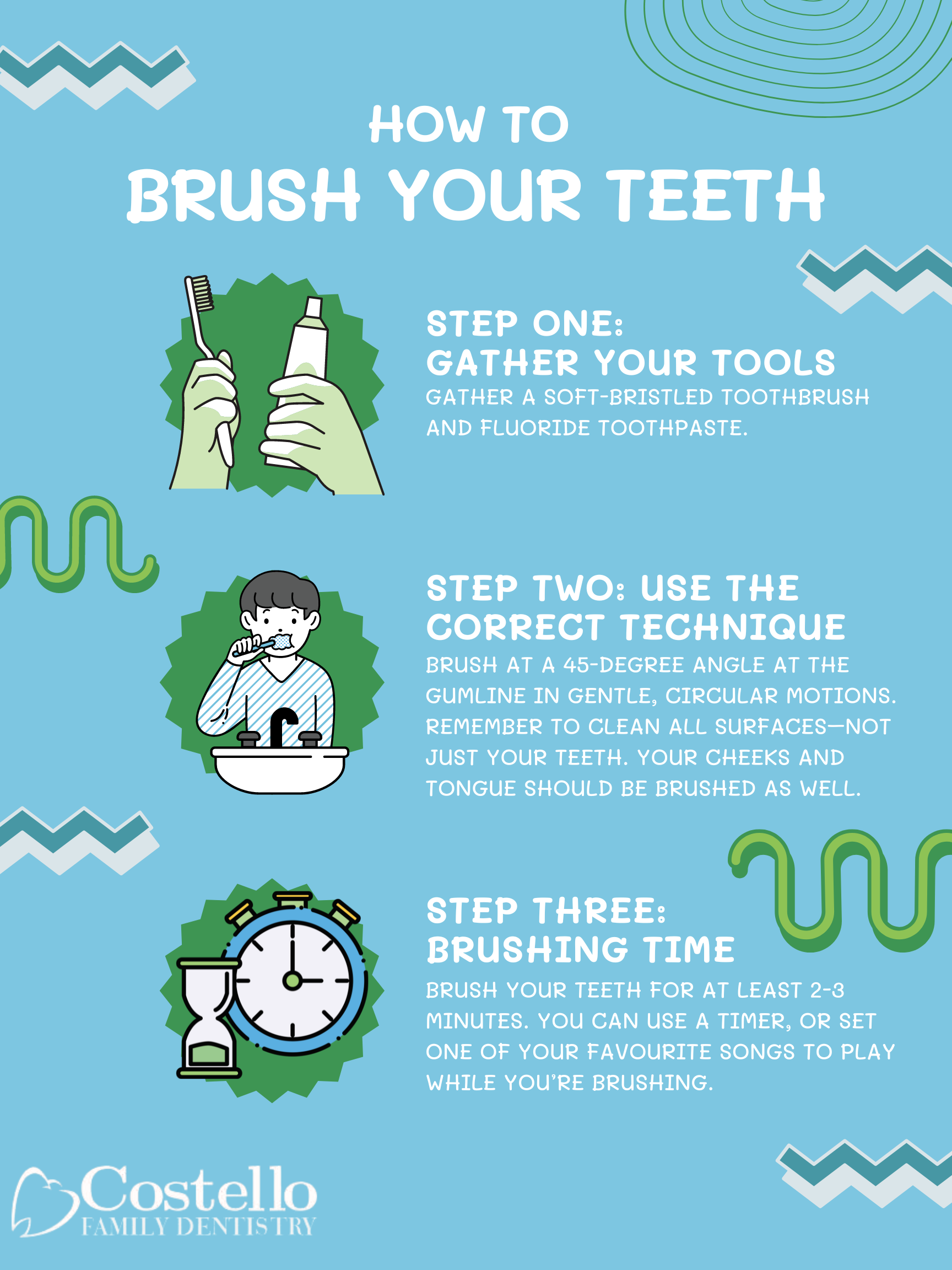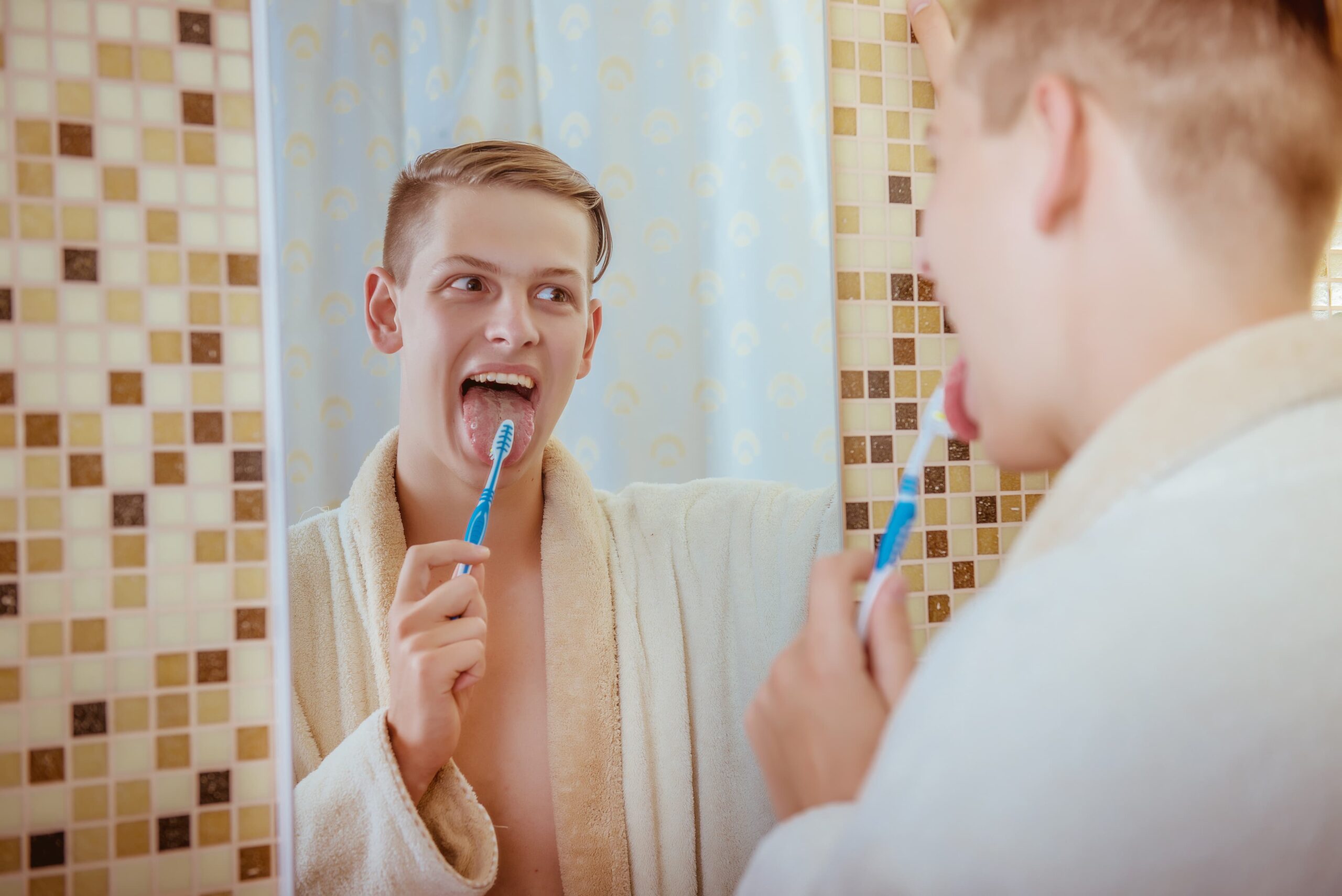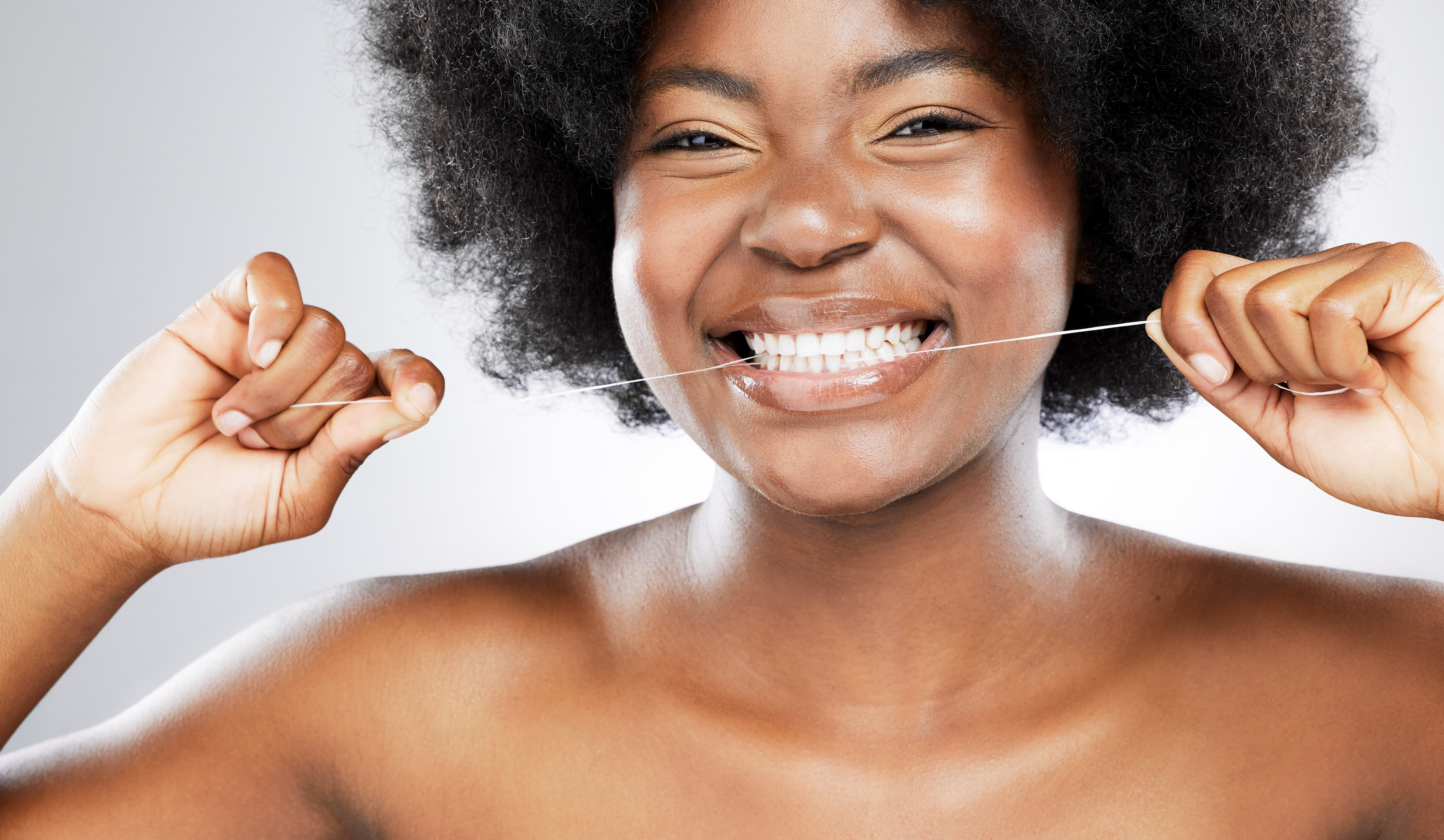
Good oral hygiene is essential for maintaining a healthy and confident smile. Yet, many people are unsure about the best practices for brushing their teeth and the potential consequences of neglecting this daily routine. How often should you brush? What techniques should you use? And what common mistakes might be undermining your efforts?
In this comprehensive guide, we’ll explore the answers to these questions and provide actionable tips to help you optimize your brushing habits. From the basics of brushing frequency and technique to the importance of flossing and addressing common issues like yellowing teeth, we’ve got you covered. Join us as we delve into the essentials of dental care and ensure you’re doing everything possible to keep your teeth and gums in top condition.
Contents
How Often Should You Brush Your Teeth?
The minimum recommendation by dentists is that you brush your teeth twice a day; once in the morning and once at night.
There are also benefits to brushing after meals or after you eat food that gets stuck in your teeth, like popcorn or hard candy. Brushing after meals helps remove food particles, which can reduce instances of cavities. Brushing more frequently than the recommended twice a day also combats plaque build-up, preventing you from developing tartar.

How to Brush Your Teeth

Additional Tips
If you find you’re still experiencing bad breath or dental problems, even after routinely following the above steps, here are some additional tips to explore:

- Ensure that you brush your tongue each and every time you brush. Since bacteria can build up on your tongue, completing this step can combat bad breath.
- Ensure that you’re choosing the right toothbrush and toothpaste! Manual and electric toothbrushes each have different bristles, shapes, and designs so that you can customize your teeth-cleaning experience.
- Replace your toothbrush every 3 months, after an illness, or if the bristles become frayed. Continuing to use the same toothbrush after any of these scenarios can reduce its effectiveness or re-introduce harmful bacteria into your body.
- Be gentle with your gums and avoid harsh scrubbing—a gentle, circular motion should suffice. If you find you need additional help keeping up with your gum health, visit the dentist to get additional cleaning tips.
- Consider using an electric toothbrush for improved cleaning power. With electric toothbrushes, it’s not necessary to press hard or scrub while brushing. Simply hold the brush and let it glide across your teeth and gums as it does the hard work for you.
How Long Should You Brush Your Teeth For?
You should be brushing your teeth for at least 2-3 minutes morning and night. Brushing for this duration effectively reduces plaque in your teeth and ensures you have enough time to brush along the gumline and get into hard-to-reach areas. Brushing for over two minutes also helps to loosen food particles stuck between your teeth.
What Happens If You Don’t Brush Your Teeth?
There are various potential consequences if you don’t brush your teeth regularly. A few common side effects include:

- Bad breath. Even after a single day of not brushing, you may notice that your breath smells worse.

- Plaque buildup. This can lead to cavities and gum disease if left untreated. As a result, you may require professional dental cleaning.

- Gum disease. There are multiple stages of gum disease, and they can cause inflammation, bleeding, and even tooth or bone loss if left untreated for long enough.
Common Brushing Mistakes
Many people brush daily and still develop cavities or other oral health problems because of a few extremely common brushing mistakes. These include:
- Brushing too hard, which can cause abrasions in the gums and cheeks and introduce infection.
- Not brushing the tongue and allowing bacteria to build up.
- Not brushing for long enough. As a result, you can miss areas of plaque buildup on the teeth.
- Avoiding the inner lining of the gums and teeth, which is another place where plaque and bacteria are commonly found.
Importance of Flossing when Brushing Your Teeth

Alongside your regular brushing routine, it’s essential to floss at least once a day. Flossing your teeth can help to remove the last bits of food particles and bad-breath-causing bacteria that get stuck between the teeth.
It’s also important to note that food and bacteria building up between the teeth and gumline can cause gum disease, erode tooth enamel, and cause cavities. Letting these issues progress to extreme problems can cause gum, tooth, and bone loss.
Why Are My Teeth Yellow When I Brush Them?
Your teeth aren’t meant to be perfectly bright white, despite the endless blinding smiles on toothpaste commercials. Even with proper brushing, your teeth can stain for a multitude of reasons, including:
- Certain drinks, such as coffee, tea, or wine.
- Smoking and using tobacco.
- Certain medications.
- Age-related enamel wear.
There are ways to help reduce the yellowing of your teeth or prevent it entirely. In your daily life, limit the use of staining foods and drinks and consider using a whitening toothpaste. If the colour of your teeth isn’t improving, severe yellowing can be treated or reversed by professional treatments and procedures. Reach out to your dentist to inquire about possible whitening options.
Key Takeaways
- Maintaining a consistent and effective dental hygiene routine is crucial for overall oral health.
- Brushing your teeth at least twice a day, using the correct technique, and brushing for the recommended 2-3 minutes are fundamental steps to prevent cavities, gum disease, and bad breath.
- Incorporating additional habits like brushing after meals, replacing your toothbrush regularly, and using an electric toothbrush can enhance your oral care routine.
- Remember, flossing is just as important as brushing for removing food particles and preventing plaque buildup.
- Avoid common brushing mistakes and be mindful of the factors that can cause teeth to yellow.
By following these guidelines, you can ensure a healthier, brighter smile and avoid the adverse effects of poor dental hygiene.
At Costello Family Dentistry, we know that keeping up with a regular brushing routine can be difficult for many people. Contact us today to schedule an appointment, professional cleaning, or teeth whitening appointment.


